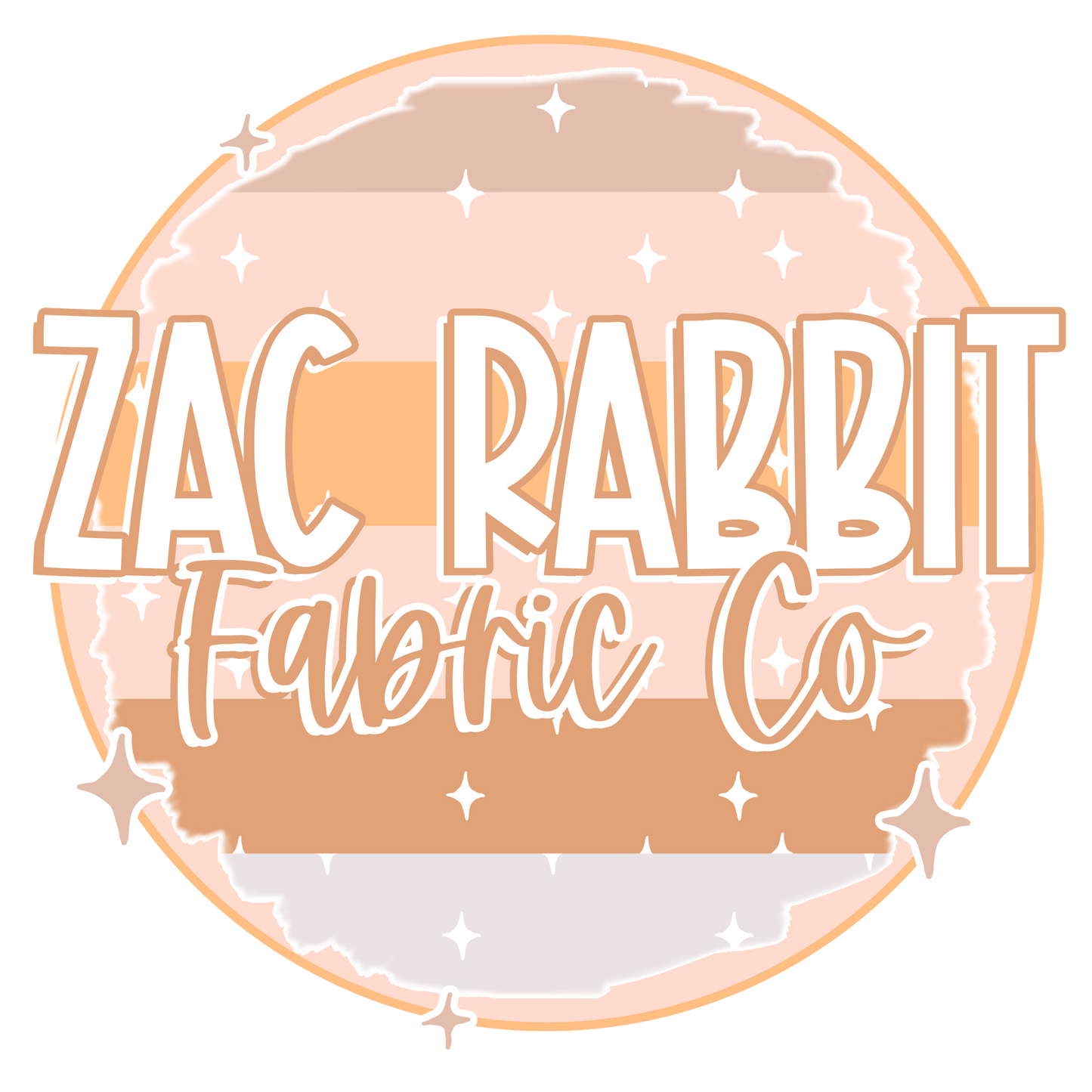Embarking on your sewing journey can be both exciting and intimidating, especially if you're unsure about what tools you truly need. The world of sewing is filled with various gadgets, cutting tools, and accessories that might seem overwhelming at first. Fear not! In this post, we'll break down the essential sewing tools that you need to get started, making your sewing experience enjoyable and efficient.
1. Sewing Machine
Your sewing machine is the heart of your sewing projects. Choose a reliable machine that fits your needs, whether you are planning to sew simple hems or create intricate designs. For beginners, consider machines with user-friendly features such as automatic stitches, easy threading, and built-in tutorials.
2. Rotary Cutter and Cutting Mat
A rotary cutter paired with a self-healing cutting mat makes cutting fabric a breeze. The rotary cutter allows for precise and clean cuts, while the cutting mat protects your surfaces and extends the life of your blades. These tools are especially useful for quilting and pattern cutting.
3. Fabric Scissors
Invest in a good pair of fabric scissors, separate from your paper-cutting scissors. Fabric scissors should be sharp to ensure smooth cuts without fraying. Remember to keep them solely for fabric to maintain their effectiveness.
4. Measuring Tools
Accurate measurements are crucial in sewing. A flexible measuring tape is essential for measuring fabric and body dimensions, while a grid ruler helps with cutting straight lines and precise angles. A seam gauge is also handy for measuring small distances, like seam allowances and hems.
5. Pins and Pin Cushion
Pins are essential for holding fabric pieces together before stitching. Invest in quality pins that are sharp enough to penetrate fabric easily. A pin cushion will keep your pins organized and easily accessible, reducing the risk of losing them during your sewing process.
6. Seam Ripper
Mistakes happen, and that’s where a seam ripper comes in handy. This tool will help you easily remove stitches without damaging your fabric, allowing you to correct errors without starting over completely.
7. Iron and Ironing Board
Pressing your fabric as you sew is crucial for achieving professional-looking results. A steam iron and a sturdy ironing board will help you eliminate wrinkles and flatten seams, making the sewing process easier and your finished product neater.
8. Marking Tools
Marking tools, such as fabric markers, chalk, or tailor’s chalk, are invaluable for transferring pattern markings to your fabric. Choose tools that can easily wash out or disappear after use, ensuring your fabric remains clean.
9. Sewing Kit
Consider assembling a small sewing kit that includes essentials like thread, needles, and extra machine needles. Having a variety of thread colors on hand will also ensure you can match your projects seamlessly.
10. Pattern Weights or Clips
Instead of pins, you might prefer pattern weights or clips to hold your fabric in place when cutting. They ensure fabrics lie flat, which is especially useful for slippery or stretchy materials.
With these essential sewing tools in your arsenal, you’re well on your way to starting your sewing adventure! Remember that while it may feel like a lot at first, you don’t need to acquire everything at once. Start with the basics and build your collection as you explore different projects and techniques.
Happy sewing, and may your creativity flow as you embark on your sewing journey.

